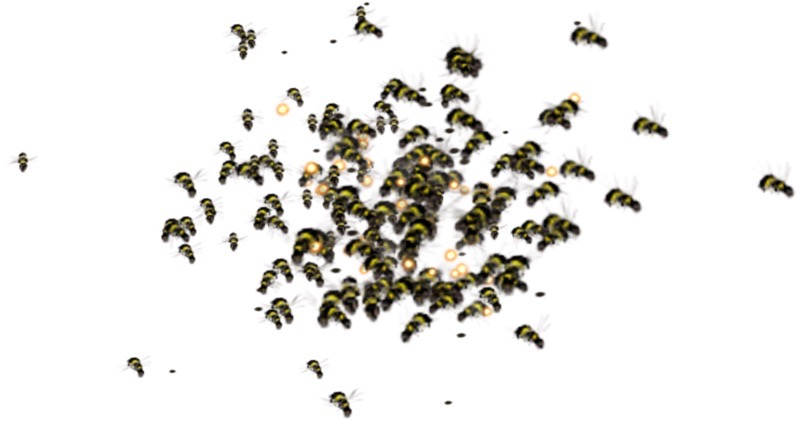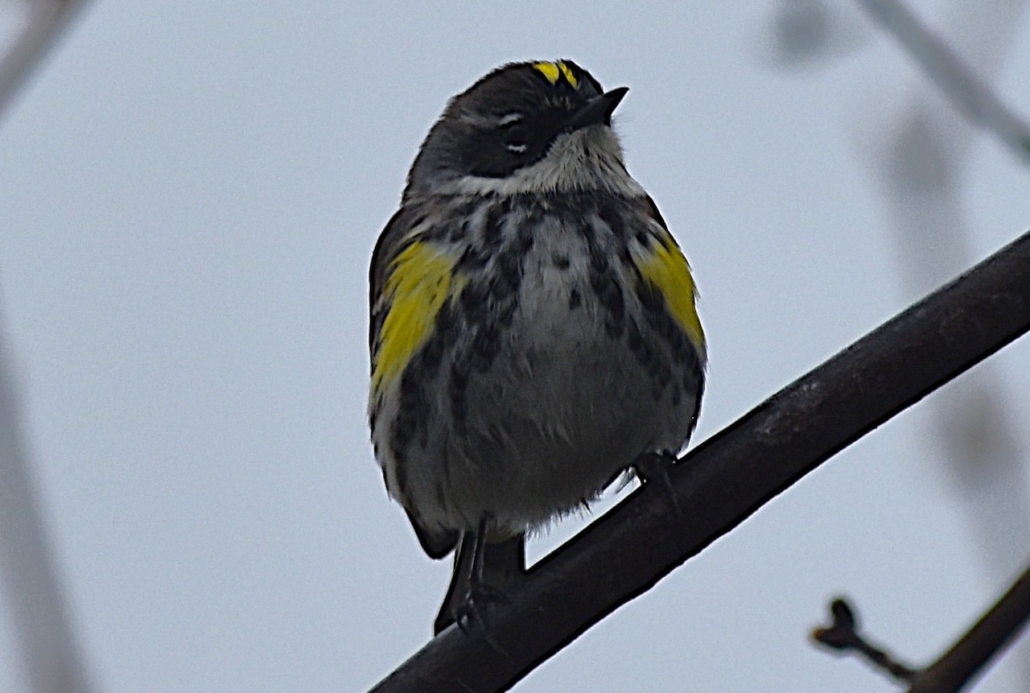VETERANS CORNER: Every issue seems to end up as a two-sided debate
 by Gary Kennedy
by Gary Kennedy
A new week begins and summer is for the most part gone. Even so, this has always been my favorite time if the year. The temperatures are comfortable during the day and the nights are cool and very comfortable for sleeping. It’s also a great time for vacationing. The bug population is down and allows for a leisurely time at the side of a brook with a fishing rod. I love the thought of it. My advice has always been if you want a close to perfect time to vacation it would be the last two weeks of August and the first two weeks of September. My birthday is in there somewhere and it’s a perfect time of year to hide.
Anyway, my last couple of articles have met with copious amounts of attention, some good and some not so good. So I guess the best thing to do is to try to quell the pending storm. It seems that a veteran issue always leads to a two-sided debate instead of the simple exchange of information, often time these issues end up in partisan debates and I am a non-partisan writer. Although I must admit that of late I have tended to lean in one direction. I hope that direction is always on the side of truth; at least that is what I try to achieve. I know sometimes that is hard to swallow but nonetheless, that is my attempt at justice and clarity on the subjects I share with you.
One of our readers was a little indifferent to my article mentioning the once again shutdown of construction on the Community Living Center Care Building. That building will end up to be one of the most expensive ventures undertaken by the V.A. I find it to be a great project gone awry. This isn’t the first time this writer has attacked this particular project. It’s completion meant a lot to many who will not be here to see its completion.
However, this is not a partisan issue for me; it’s a misappropriation issue on the part of V.A., somewhere down the line. This is at least the second time this has happened to the same project. Not everyone remains silent at V.A. You should notice that the problem is not shared with us. Why is that? Perhaps they don’t want to stir things up by sharing the problem with the people who are supposed to be the beneficiaries. You know it’s about time the powers that be should realize they actually work for us. These things that service our honored veterans should not be subjected to graft and corruption. The reader that I am referring to has not searched out the entire picture as it hasn’t reached fruition as of yet. Did you notice that Williams Construction pulled all their trailers and equipment out? I think we are going to hear more about this soon.
As for now the reasons given for the stoppage of multiple construction sites has been because of mismanagement and cost overruns on major projects, court rulings affecting contract rules, and budget-related cancellations of non-critical contracts. All this has led to stoppage, lengthy delays and massive budget increases. A better example than Togus would be Aurora, Colorado, which carried an initial budget of $600 million which turned out to be over $1.7 billion. Our V.A. is not that bad but there are problems. The V.A.’s flip flopping on policy has caused confusion and uncertainty for contractors.
In March of this year VA cancelled 585 “non-mission-critical or duplicative contracts worth approximately $1.8 billion, to redirect funds toward direct veteran care and services. The VA does not want to push its veterans into community based care; that should only exist for necessity purposes. The consequences of all of this is to make things right. I don’t know how that can be done at this point but I am confident that a solution will be found. D.O.G.E. is no longer with us but Mr. Musk’s impact has been surely felt. Remember however, it was Secretary Collins who signed off on all of this. I am confident that he is the kind of person who would certainly do what’s right for the veterans. He is one himself. He is also a religious man and that gives me a good feeling inside. I have given almost a half a century aiding veterans like myself and would never allow something to happen to them without a fight. Next week we will talk more. God bless you and yours and remember, you are a part of this. If you see any kind of veteran abuse, please let someone know. If it’s VA, let me know and I will get to the bottom of it.















 Health care can be confusing, especially for older adults managing chronic conditions such as diabetes and heart disease – but you can make it easier on yourself.
Health care can be confusing, especially for older adults managing chronic conditions such as diabetes and heart disease – but you can make it easier on yourself.

